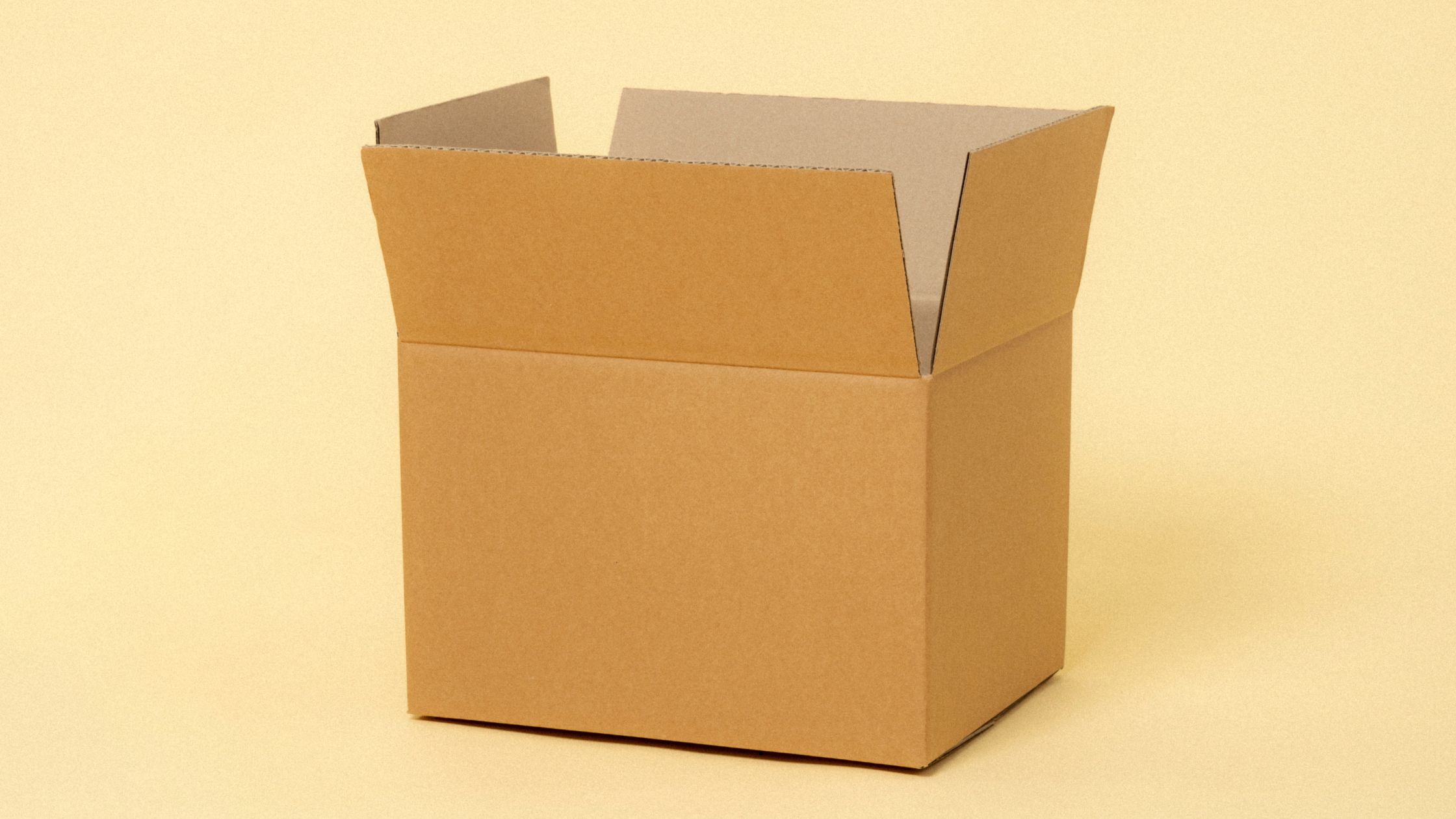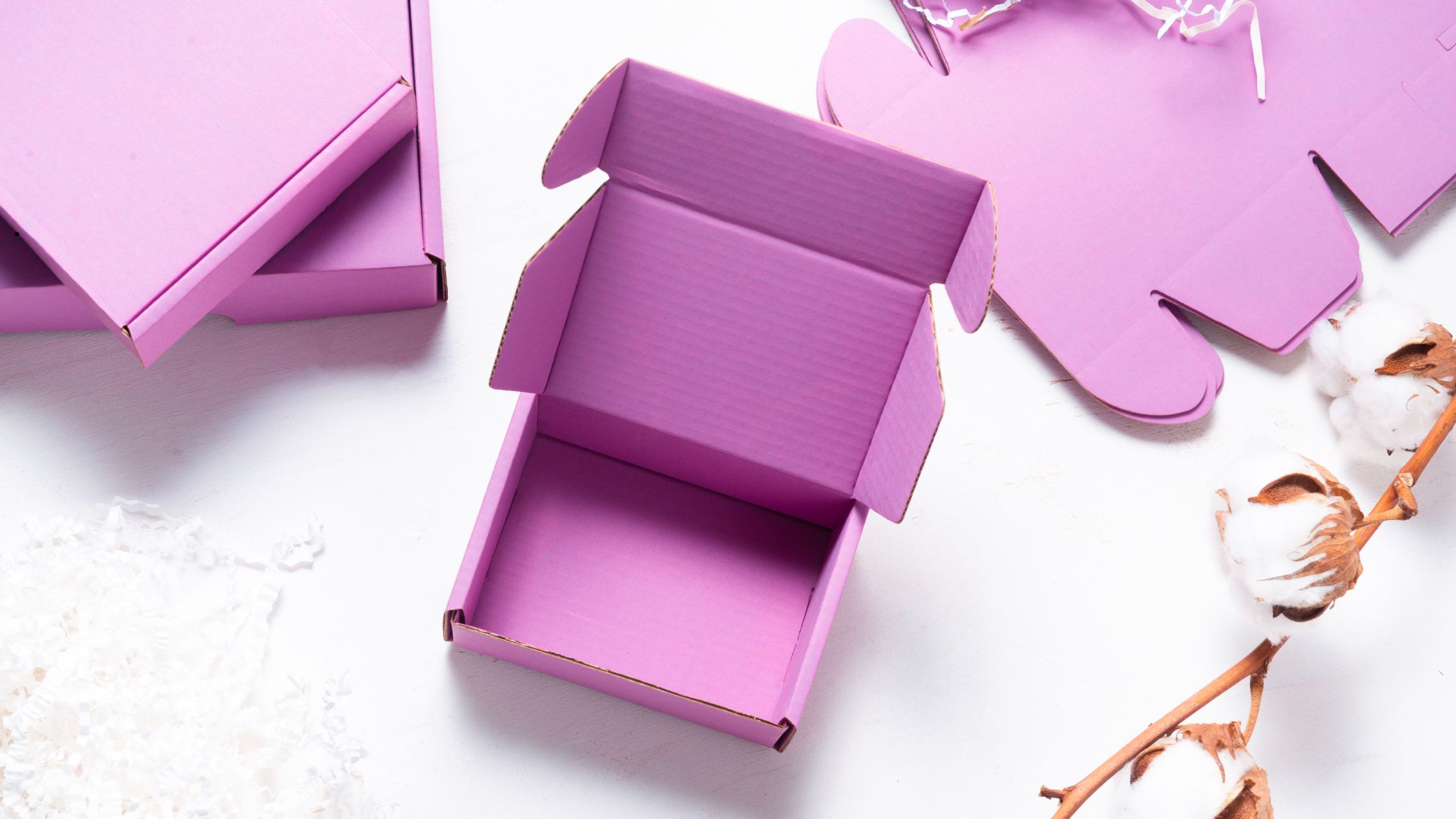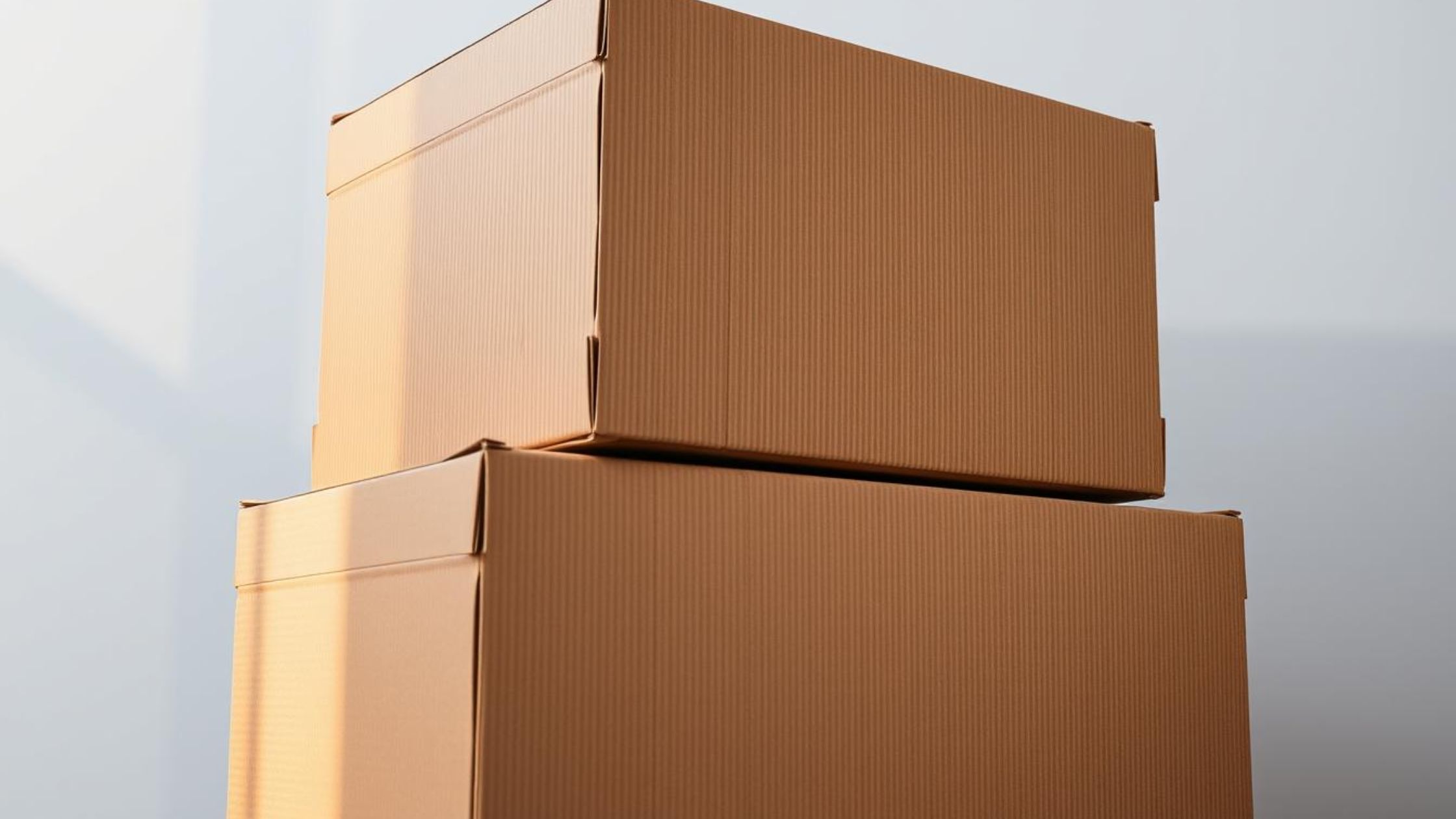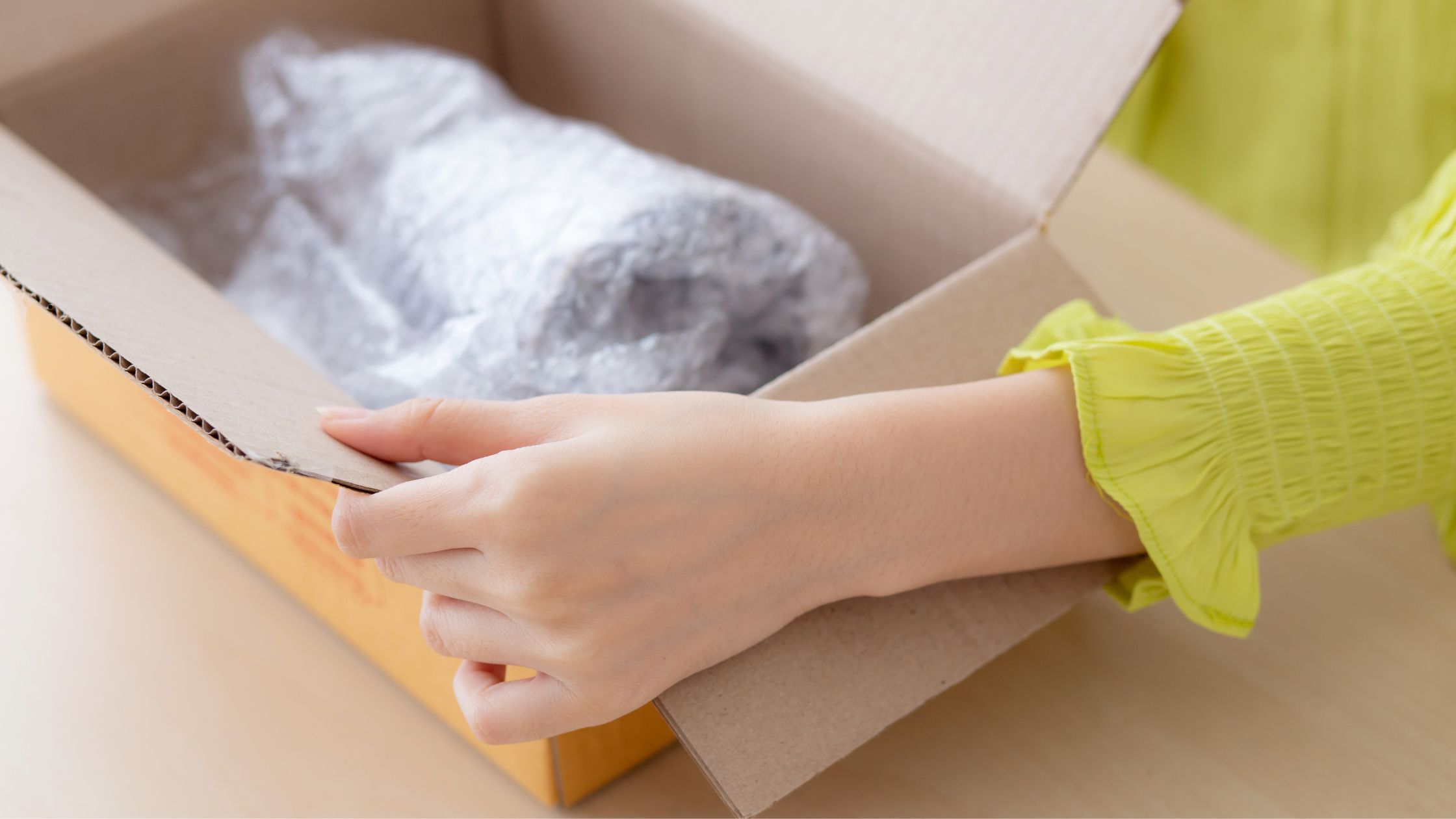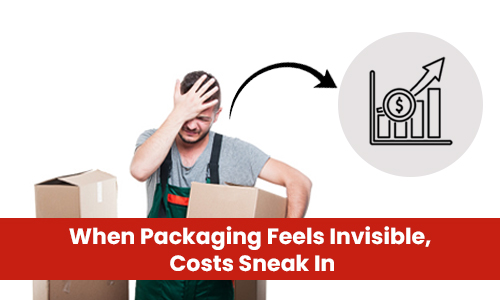
Understanding Flute Types in Corrugated Boxes: What E, B, and C Mean for Your Product: SMBs don’t know when to use E- flute vs B-flute vs double wall
Introduction: The Packaging Blind Spot Most SMB's Don't Realize They Have
When you are running a small to mid-sized business, every dollar, every shipment, and every customer experience matters. Sure, you have figured out how to make a great product, maybe even how to sell it online. But then comes the packaging part. All of a sudden, you are hearing terms like E flute, B flute, double wall, and wondering if you missed a class in packaging school.
In 2023, the global corrugated packaging market was valued at approximately USD 224.1 billion and is projected to grow at a CAGR of over 4.3% from 2024 to 2032. Behind this growth is the recent e-commerce boom, where businesses of all segments and sizes mostly rely on corrugated boxes for shipping and product protection.
Most small and mid-sized businesses (SMBs) do not have a dedicated packaging expert. That means crucial decisions like which corrugated flute to choose often fall on product managers, marketing folks, or even the founders. Many of them might still be learning on the fly.
Your supplier asks which one you want, and all you want is to make sure your product arrives safely without spending a fortune.
Most SMBs don’t realize just how much the wrong box can cost them. Not just in returns, but in brand perception, shipping fees, and overall customer experience.
So, let us fix that.
We are not here to explain what a flute is from scratch. This is a practical guide made for small and medium-sized businesses, with real-world examples, data, and clear answers to help you make the best choices for your product, budget, and brand.
Understanding Flute Types: How Box Structure Shapes Protection, Cost, and Perception
Imagine there are two boxes that look almost identical from the outside. But one arrives crushed, and the other delivers your product safely, looking like it just left your facility. The difference? It often comes down to something most businesses never think about, i.e., the flute inside the box.
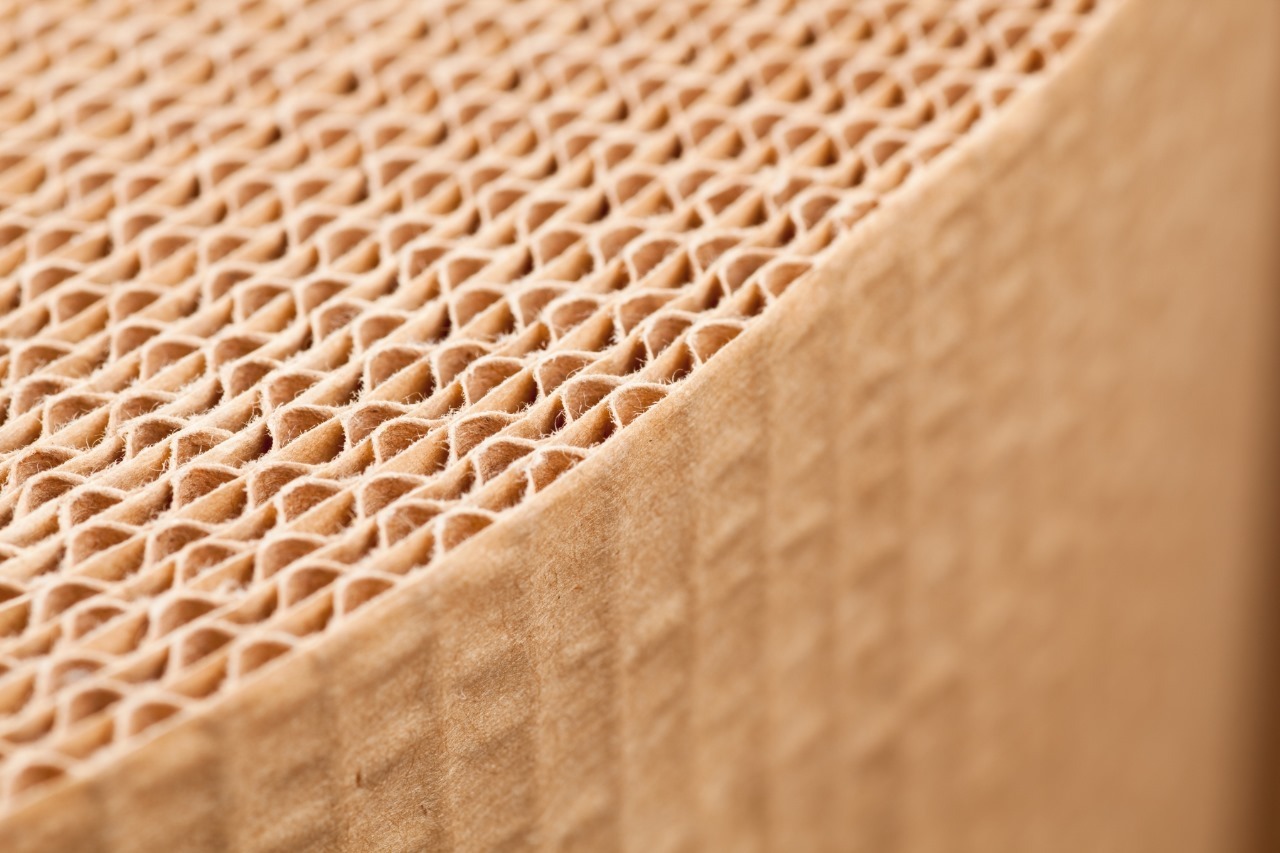
Flutes are the wave-like structures sandwiched between the inner and outer liners of a corrugated box. They decide how much weight your box can handle, how well it cushions the product inside, and even how much space it takes up during shipping.
But not all flutes are the same. Let us break them down:
| Flute Type | Thickness (Approx) | Key Strengths | Common Use Cases |
| E-Flute | ~1.2 mm (1/16”) | Crisp printing, compact, lightweight | Retail packaging, cosmetics, electronics, subscription boxes |
| B-Flute | ~3.0 mm (1/8”) | Better Crush Resistance, Versatile | Food Boxes, Die-Cut Cartons, Mailers |
| C-Flute | ~4.0 mm (5/32”) | Strong Cushioning, Good Stacking Strength | Shipping Boxes, Glassware, Heavier Items |
| Double Wall (BC / EB) | ~6–7 mm | Superior Protection, Rigid | Fragile, Heavy, Or High-Value Items |
Flute Type Comparison Table
Every flute type has its own mix of durability, protection, space efficiency, and printing options. Choosing the best one comes down to your product’s needs, shipping method, and the customer experience you want to give.
In the next section, we will help you figure out exactly which one fits your product. Also, why SMBs can benefit from getting this detail right from the start.
How to Match Flute Type with Your Product
Every product tells a story. Either it is packed with care for a customer’s first order or shipped in bulk to a retail partner, the way it is protected inside the box makes all the difference. Your product can stay safe, steady, and presentable, only if you select the right flute profile.
Here is how you can figure out which flute type is best for your product:
1. E-Flute: Slim, Strong, and Presentation-Ready
If your product is small, light, and meant to make a good first impression when the box is opened, E-flute could be the right choice.
It is thinner than other flutes, which means:
- Clean, sharp edges that look great on shelves or unboxings
- Smooth surface that works beautifully with detailed prints and branded colors
- Enough protection for cosmetics, candles, electronics accessories, or anything sold in volume with a polished look
Use E-flute when branding and visual experience are just as important as safety.
2. B-Flute: Versatile, Sturdy, and Shipper-Friendly
B-flute has become the go-to for eCommerce brands because it balances durability with foldability. It holds up well during shipping, especially for things that are not too fragile but still need some type of cushioning.
What works well with B-flute:
- Subscription kits, food boxes, craft items, apparel
- Products that stack in storage or on pallets
- Everyday shipping where protection matters but aesthetics don’t take a backseat
It also folds easily, so if you are assembling lots of boxes in-house, B-flute saves a lot of time and effort.
3. C-Flute: Bulkier Builds for Bigger Protection
C-flute is thicker and offers more impact resistance. It is a good fit when your product has some weight to it, or you know it will be on a truck longer than usual.
This works well for:
- Glassware, ceramic items, large electronics
- Fragile retail items that need just a little extra padding
- When stacking strength is a priority during transit
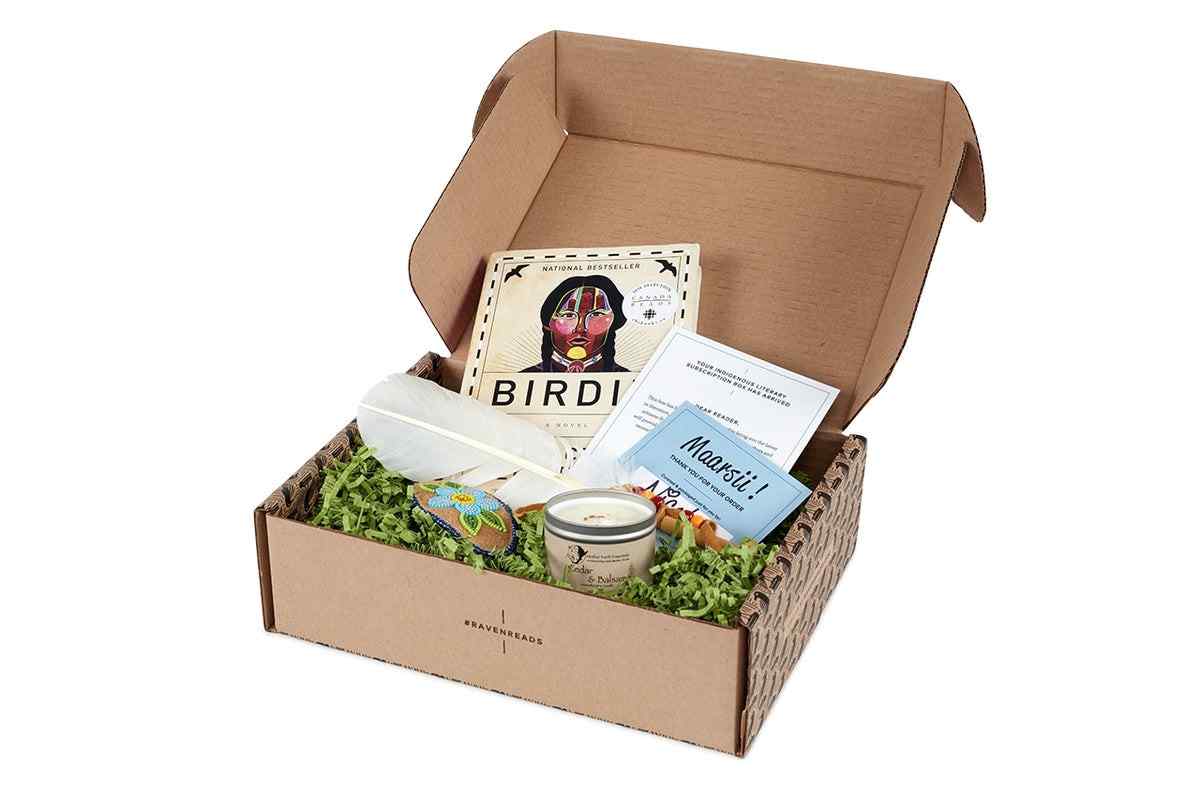
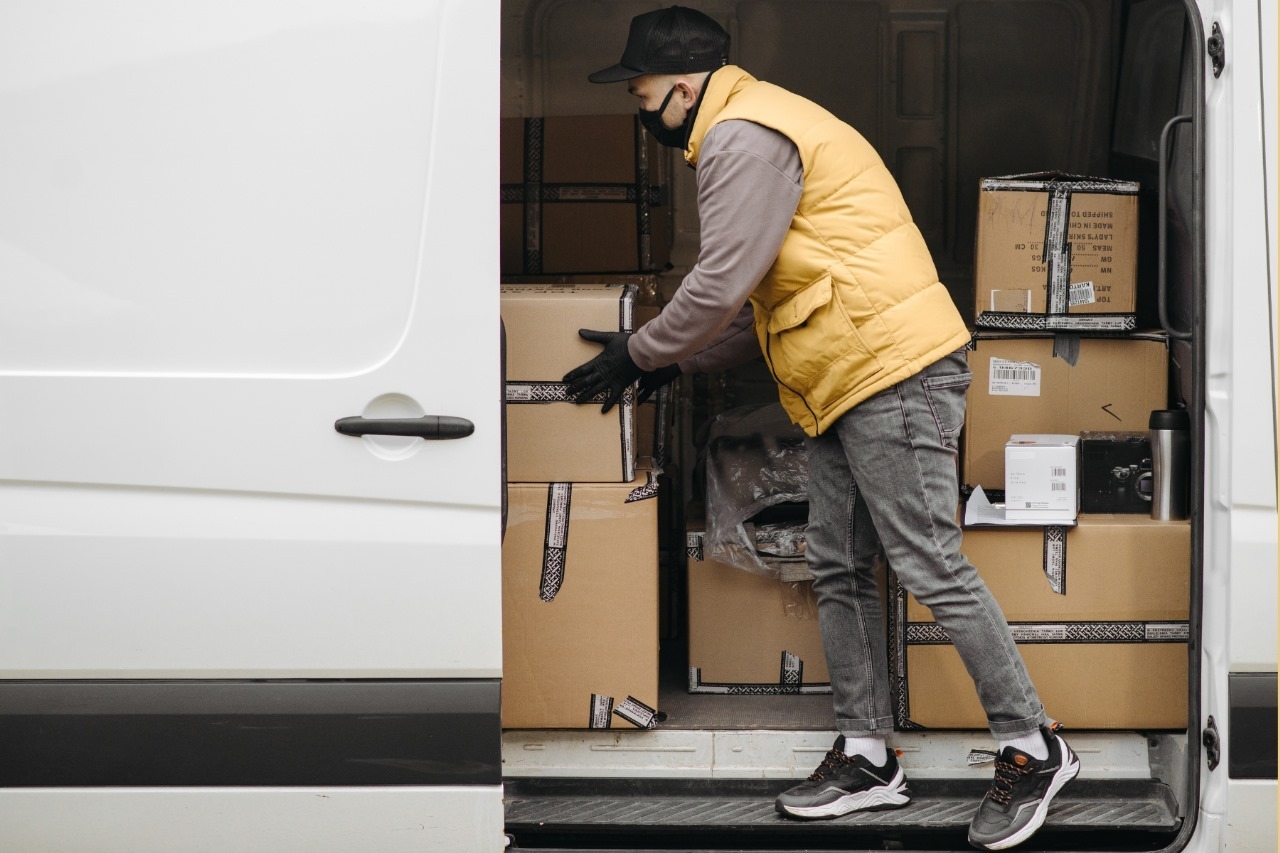
It feels more rigid, which adds a layer of confidence, especially when your product is too valuable to take risks.
Double Wall: Reinforced and Reliable
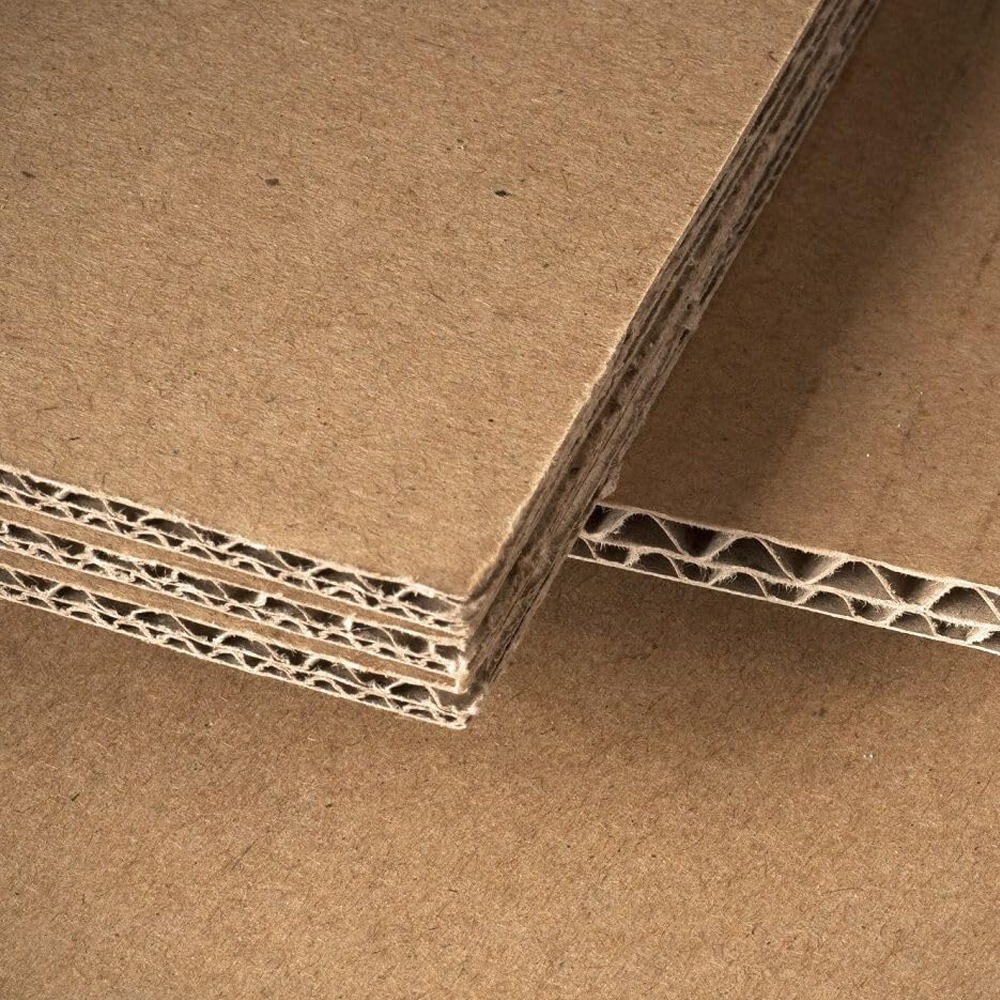
Some products simply carry more risk. Maybe they are heavy. Maybe they are high-value. Or maybe they are heading across the country. That is where double-wall options are helpful, combining two flute types (like B + C or E + B) for dual strength and performance.
- Double wall boxes can be used for:
- Industrial equipment
- Large electronics
- Bulk deliveries or warehouse storage
- B2B shipping, where handling can be rough
You get impact absorption, compression resistance, and thermal insulation. All in one solid structure.
HOW Box Types Affect Operations
Once you have decided on the flute type, the next layer of decision-making involves box construction. Because not every box style moves smoothly through your supply chain.
- Front-End Operations: If your packing team handles dozens of SKUs per shift, box types that are quick to assemble, like auto-lock bottom boxes or one-piece mailers, can cut labor time significantly. These work especially well with E-Flute or B-Flute for light to medium loads.
- Storage Efficiency: Warehouses with limited shelf space benefit from box types that ship and store flat without warping, like Kraft RSC (regular slotted containers) made with C-Flute. They stay rigid and stack neatly over time, even in humid or dry conditions.
- Shipping Cost Impact: Carriers often calculate by dimensional weight. A bulkier box may cost more to ship even if it is lightweight. Slimmer box designs like tuck-top mailers can reduce both packaging material and shipping costs when paired with the right flute profile.
- Post-Use Handling: Many businesses now look at how easy it is for customers to break down and recycle boxes. Styles like roll-end tuck-top mailers (RETTs) pair visual appeal with easy disposal, without requiring cutters or tearing.
Every aspect of box design contributes to a smoother operation. The way teams pack orders and how customers receive and recycle them, it all depends on the box construction.
You can also explore customizable Kraft shipping boxes as a trusted choice for fast-paced shipping or browse other structures that support your business operations.
Final Thoughts: Small Decisions That Shape Big Impressions
The truth is, most customers will never ask, “Was this B-flute or E-flute?”
But they will remember how your product showed up.
Whether it felt secure. Whether the unboxing felt thoughtful. Whether it said, “We care.”

And as a small or mid-sized business, that impression is often your edge.
Choosing the right flute might feel a bit tricky at first, especially when the options seem technical and the differences subtle. But once you understand how each flute type supports your specific product, it becomes less about guessing and more about making smart, repeatable decisions. The right choice gives your packaging more consistency, your operations more predictability, and your customers a better experience.
And while you are juggling a hundred other things, including marketing, operations, and fulfillment, we get that packaging is not where you want to lose time or money figuring things out from scratch.
That’s where UCanPack fits in.
We have helped thousands of growing businesses like yours bridge the gap between “I think this works” and “This is exactly what we need.” From custom-built solutions to quick-turn orders and straight answers, we are here to support what you have built.






